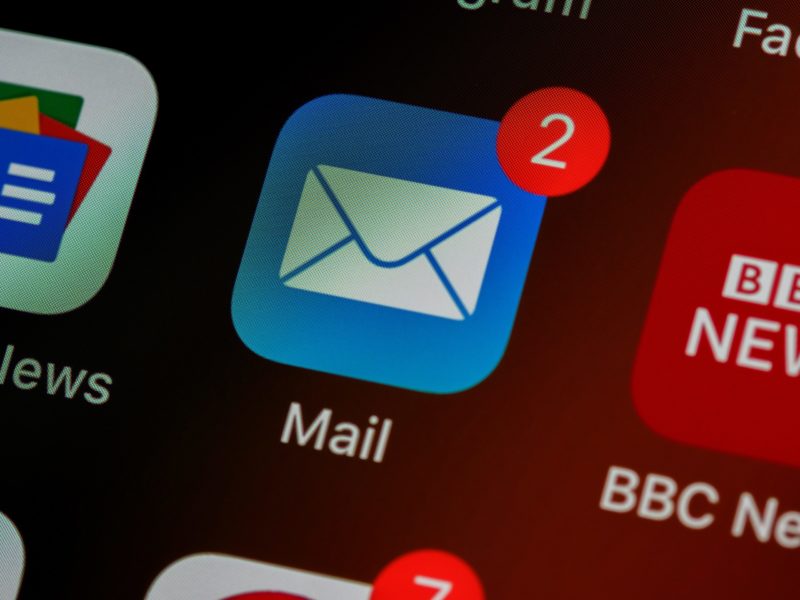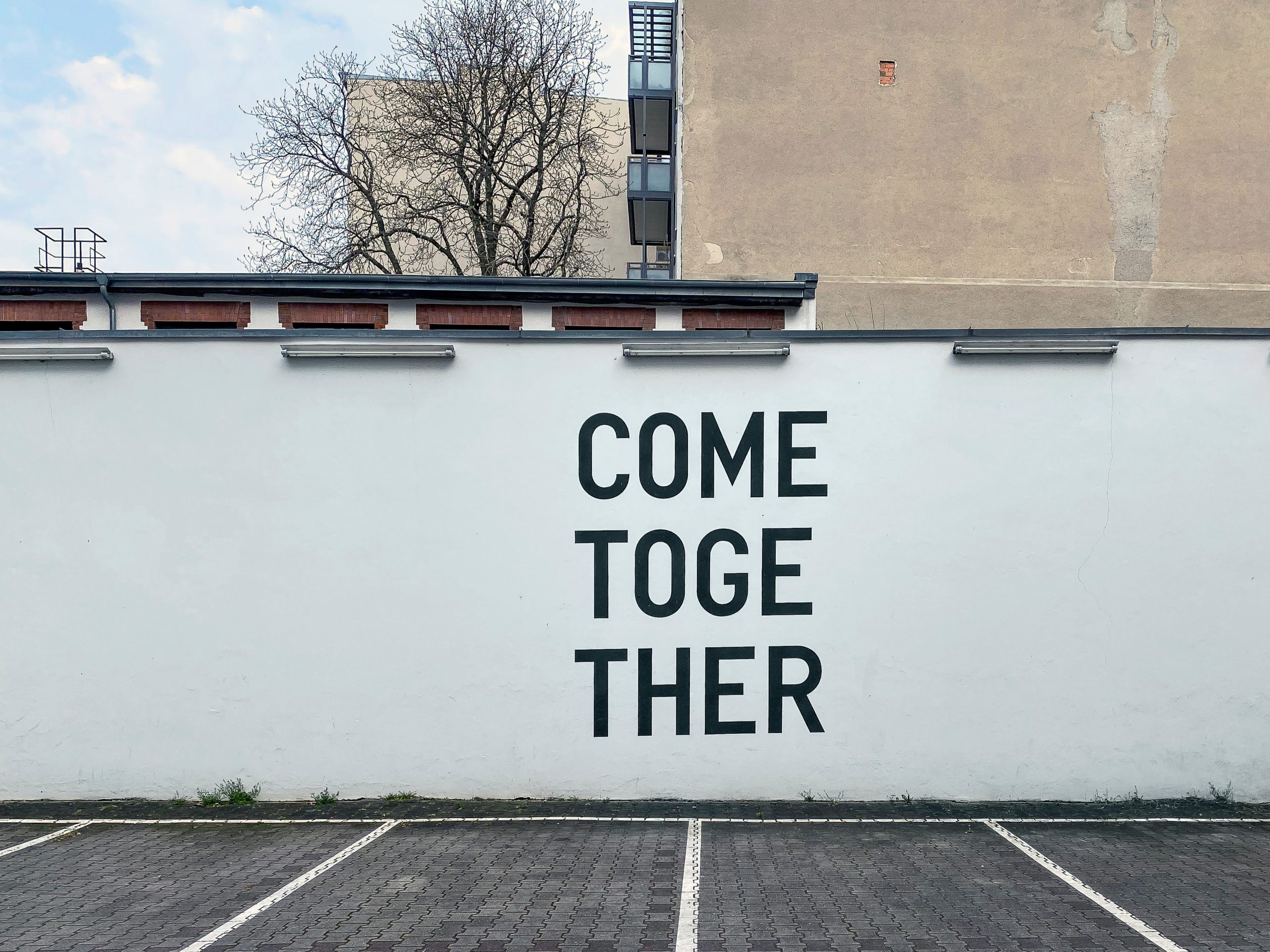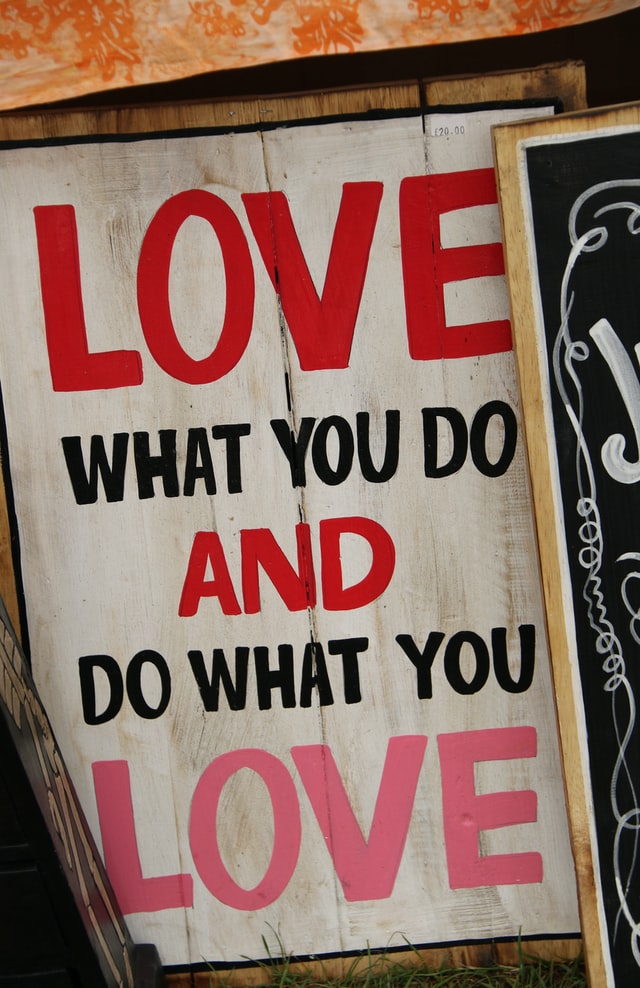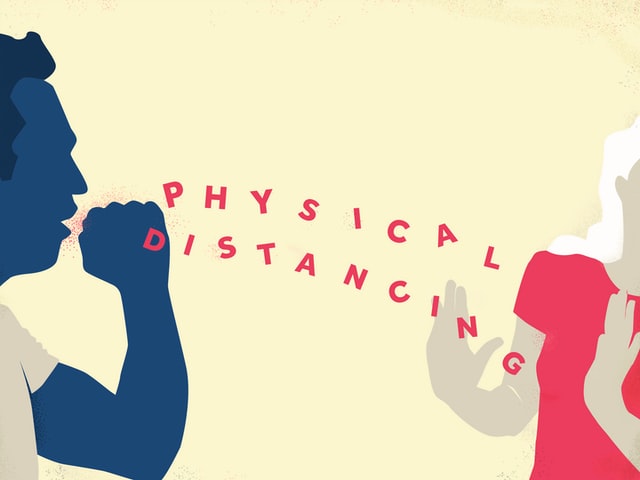Numerous studies have found that effective engagement in the workplace has to do with a number of factors, which include recognition, communication, culture, leadership, autonomy, and career progression. Another item especially important after the pandemic and with the hybrid work environment is having a best friend at work.
According to a Gallup Workplace article titled “The Increasing Importance of a Best Friend at Work,” employees who have a best friend at work are more likely to engage customers and colleagues, get more done more quickly, support a safe place to work, innovate and share ideas and have fun while working.
“Our latest findings show that since the pandemic started, there has been an even stronger relationship between having a best friend at work and important outcomes such as employees’ likelihood to recommend their workplace, their intent to leave and their overall satisfaction with their workplace,” writes Gallup’s Alok Patel and Stephanie Plowman.
Many complain that making friends after becoming an adult is difficult. There is certainly some truth to this and that’s why it’s important to do the necessary work to cultivate friends. It’s not only important in the workplace, but in your personal life as well.
A report from the National Academies of Sciences, Engineering and Medicine claims that more than a third of adults over 45 feel lonely, and nearly a quarter of those over 65 are considered to be socially isolated.
Social isolation and loneliness are directly associated with poor health and shorter lifespans. Loneliness is also associated with higher rates of depression, anxiety, and suicide.
Arthur C. Brooks, co-author of the book Build the Life You Want, includes friends as one of the four important pillars of a happier life. In the book, he provides five lessons regarding the blissful work of friendship:
- Don’t let an introverted personality or a fear of rejection block your ability to make friends, and don’t let extroversion prevent you from going deep.
- Friendship is ruined when we look for people who are useful to us for reasons other than friendship itself. Build links that are based on love and enjoyment of another’s company, not what she or he can do for you professionally or socially.
- Too many deep friendships today are spoiled by differences of opinion. Love for others can be enhanced, not harmed, by differences, if we elect to show humility instead of pride—and the happiness benefits are enormous.
- The goal for long-term romance is a special kind of friendship, not undying passion. Companionate love is based on trust and mutual affection. It’s what old people who still love each other talk about.
- Real friendship requires real contact. Technology can complement your deepest relationships, but it is a terrible substitute. Look for more ways to be together in person with the people you love must.
While these lessons are not specific to finding and making a friend at work, they can certainly be applied there. Regardless of where you make a friend, keep these lessons in mind to help make it easier.
Seeking to make a best friend—whether at work or outside of work—means investing in your happiness that will pay dividends throughout your life. And if you’re able to make a best friend at work, you will most likely be more engaged and satisfied with where you work.


























